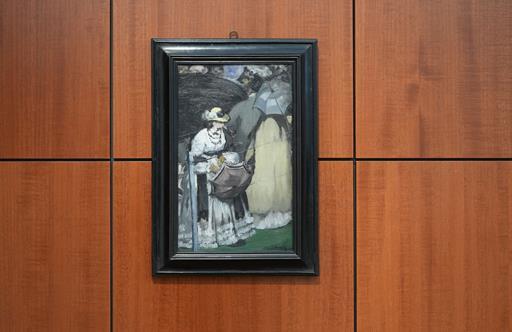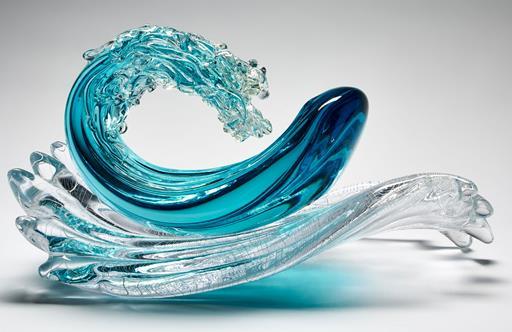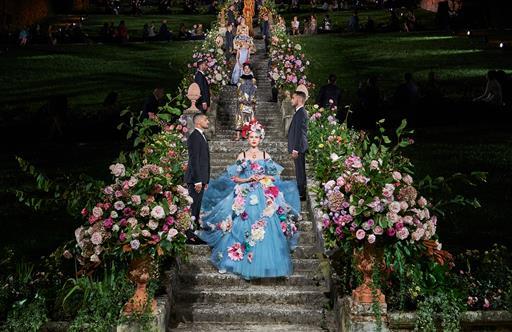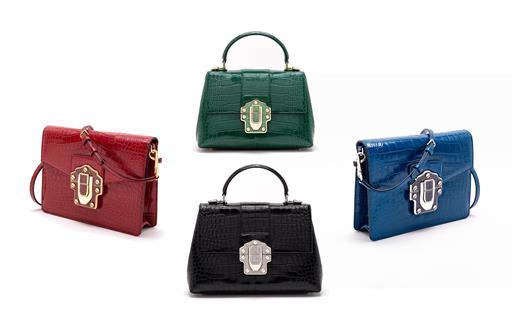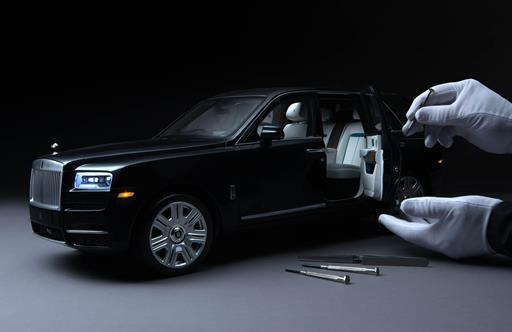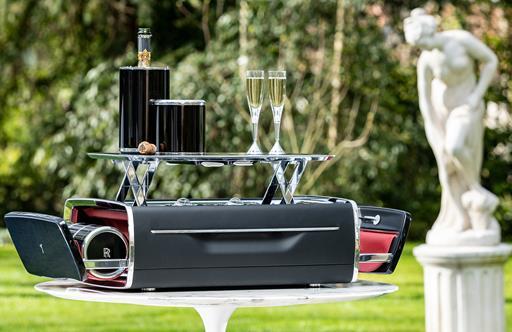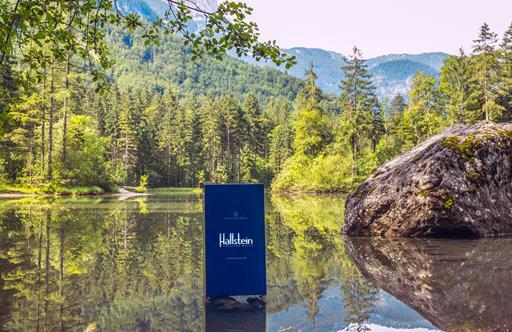Charting a Tipple
The product of once dismissed Valencia oranges growing free on Curaçao, triple sec now commands its place as a go-to mixer for captivating cocktails
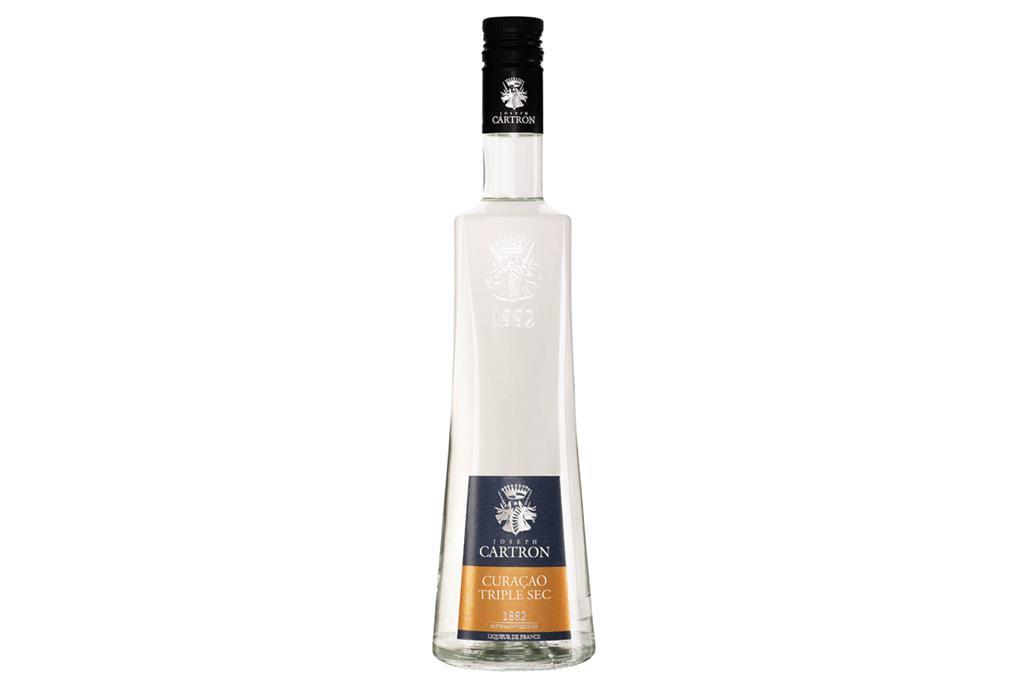
The Spanish explorers used to take their wonderfully sweet Valencia oranges with them and plant them all over the world to ensure supply for their people. This worked well, except on the island of Curaçao where the results were not sweet and juicy, but dry and bitter oranges due to the local growing conditions and terroir. No one could eat them or find any other use for them, and they were left to grow wild.
It was not until 1834 that Jean-Baptiste Combier invented triple sec (French for 'triple dry'), using dried Curaçao orange peel, steeped in alcohol and then triple distilled in a pot still. Apparently, Curaçao oranges (by now a generic term for this kind of extremely bitter orange) grew all over the Caribbean, and Combier triple sec is still made today in Saumur, France, from Curaçao oranges grown in Saint-Raphaël, Haiti.
Some sweetness has been added to all the distillates to make it more acceptable, and Curaçao is now a brand name with sweeter liqueurs than most triple secs around; they also introduced colouring to their distillates. triple sec varies greatly in quality from the rough mixers, the visually challenging, to what’s called 'Grand Curaçao', e.g. Grand Marnier, a Curaçao orange-flavoured liqueur using brandy as a base. There are also some liqueurs that use both bitter and sweet orange peel in their infusions, e.g. Cointreau.
Triple sec is mostly used as a mixer and has spawned a plethora of cocktails from Blue Lagoon via Mai Tai to Jack Daniel’s Lynchburg Lemonade. For some reason the colourful, languid liquid also gave rise to a lot of cocktails with questionable, provocative names. Probably the most well-known drink using triple sec is the Cosmopolitan Cocktail (also known as the Cosmo), which is a combination of triple sec, vodka, cranberry juice and freshly squeezed lime, created either in 1970 or 1975 – depending on which story you believe.
A standout bottle comes in the form of Joseph Cartron’s triple sec from Nuits Saint-Georges in France. Clear, bottled at 40% a/v and boasts an unbelievably strong and focused bitter orange flavour. It is sweetened and slightly oily on the palate, instantly mouth-filling, and just lingers on and on and on. Best with just a couple of blocks of ice as an aperitif, we think it's a pity to use it as a mixer.




